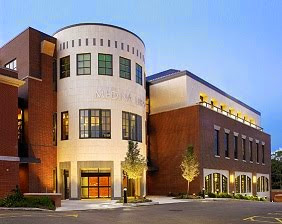The top four traditions are ones my family follows. Which of these does your family do?
- Eat pork on New Year's Day - because pigs root forward and are a symbol of prosperity. Turns out this tradition, and the following one, come from my German ancestors.
- Eating sauerkraut or cabbage on New Year's Day.
- Making a loud noise at midnight - this can be firing off fireworks, guns, or more recently, blowing a horn.
- Watching the ball drop at Time's Square. New York City started this tradition in 1907 and now it is televised throughout the country.
- Singing of Auld Lang Syne - covered in this blog POST.
- Watching the Rose Bowl Parade.
- Watching the various football games.
- Attend a HUGE New Year's Eve party where everyone gets drunk and...
- Kisses someone.
- Corned beef and cabbage on New Year's Day.
- Eating fish on New Years Eve - my Sicilian relatives used to do this one.
- Eating black-eyed peas, popular in the American south.
- In some Latin American countries, the color of your undergarments influence your new year. Red will bring love and romance, white leads to peace and harmony, green will ensure health and well being, and gold brings wealth.
- Setting off fireworks, comes to us from China, the birthplace of fireworks.
- In the Philippines, circles represent prosperity, so many people will wear polka dots and jangle the round coins in their pockets.
- In Japan, the Buddhist temples strike their gongs 108 times to expel 108 types of human weaknesses.

 |
| Hoppin John, a dish featuring black-eyed peas a popular New Year's tradition in the American South. Photo courtesy of Wikipedia Commons |
- In Swiss homes, dollops of whipped cream or ice cream are dropped on the floor to symbolize the richness in the new year.
- Become introspective about how the last year went and make resolutions for the new year.
- In Spain, eat 12 grapes to ensure 12 months of good luck.
- In Denmark, old plates and glasses are smashed against the doors of friends and relatives houses.
 |
| Ryoanji, temple bell, Kyoto City, Japan Photo courtesy of Wikimedia Commons |
Please share your unique New Year's traditions in the comments section below...
SOURCES:
"New Year's traditions explained" USA Today, published 25 Dec 2013.
"New Year Traditions from Around the World" by Victoria Doudera, Old Farmer's Almanac.
"Auld Lang Syne and other New Year's Customs" by Borgna Brunner, Two Blonds Blog, published December 27, 2007.
"World's Strangest New Year Traditions" Travel and Leisure, published November 15, 2013.
"New Year's Eve (Silvester)" GermanFoodGuide.com



























